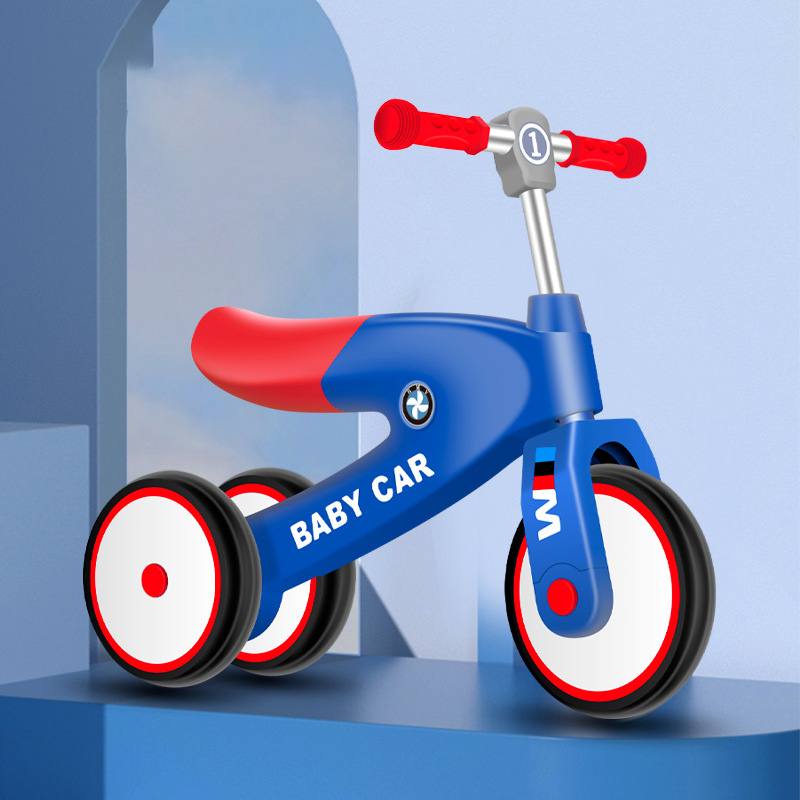kid bike size chart
The Importance of Choosing the Right Kid's Bike Size
When it comes to purchasing a bike for your child, selecting the right size is crucial for both safety and enjoyment. Understanding how to choose the appropriate bike size can make a significant difference in your child's biking experience. This article focuses on the importance of using a kid's bike size chart effectively and provides tips on ensuring that your child gets the best fitting bicycle.
Understanding Kid's Bike Sizes
Kids' bikes come in various sizes, typically measured in inches based on the diameter of the wheels. Unlike adult bikes, which are often sized based on frame height, children's bikes are categorized into wheel sizes, which usually range from 12 inches to 24 inches. Selecting the correct bike size can help your child gain confidence while riding and will reduce the likelihood of accidents due to an improper fit.
Why Size Matters
A bike that is too large can be unwieldy and challenging for a child to handle, leading to balance issues and a higher risk of falls. Conversely, a bike that is too small can hinder your child's growth and development while biking, leading to discomfort and frustration. The right-sized bike ensures that your child can maintain control, reach the pedals comfortably, and safely stop by properly using the brakes.
Using a Kid’s Bike Size Chart
A kid’s bike size chart can be an invaluable tool in finding the right bike for your child
. Typically, these charts will include a range of measurements such as1. Child's Age While age can provide a general guideline, it's essential to also consider the child’s height and inseam. 2. Height Measurement This is perhaps the most critical factor and should be taken with shoes on. Measure your child's height against the standards outlined in the bike size chart to find the optimal fit. 3. Inseam Measurement This is the distance from the child's crotch to the floor. Bike charts often include inseam ranges for higher accuracy. A correct inseam measurement ensures your child can stand over the bike and reach the ground safely.
kid bike size chart

By cross-referencing these measurements with the specifications in the kid's bike size chart, you can confidently select a bike that will fit your child well.
Testing for the Right Fit
Once you have referred to the size chart and identified a potential bike, it's essential for your child to test it out before making a purchase. Here are a few tips to ensure the bike is the right fit
1. Stand Over the Bike When your child stands over the bike, there should be at least 1-2 inches of clearance for 20-inch and 24-inch bikes, and 3-4 inches for larger sizes. This ensures they will not hurt themselves in case of a fall. 2. Sit on the Saddle Your child should be able to sit on the saddle with their feet flat on the ground. If their feet can’t reach the ground, the bike may be too tall.
3. Reach the Handlebars While your child is seated, they should have a slight bend in their elbows when reaching for the handlebars. If they are fully stretched or hunching over, the bike is not the right size.
4. Testing the Brakes Verify that your child can reach the brakes comfortably without straining.
Conclusion
Choosing the right size bike for your child is paramount to their safety and enjoyment of biking. By utilizing a kid's bike size chart along with hands-on testing, you can ensure that your child has a bike that fits well and fosters a love for cycling. Investing time in finding the right fit will pay off in the form of confidence, skill development, and countless fun adventures on two wheels. Whether for leisurely rides around the neighborhood or adventurous trails, the right-sized bike can make all the difference in your child's biking experience.
-
Unleash Fun and Safety with Our Premium Kids Scooter CollectionNewsJun.06,2025
-
Safe and Fun Rides with Our Premium Kids Tricycle CollectionNewsJun.06,2025
-
Explore Fun and Safety with Our Top-Quality Kids' BikesNewsJun.06,2025
-
Experience Fun and Safety with Our Premium Swig Car CollectionNewsJun.06,2025
-
Discover Confidence and Safety with Our Premium Kids Balance Bike CollectionNewsJun.06,2025
-
Adventure Awaits with Our Safe and Fun Kids Mini BikesNewsJun.06,2025
-
The Best Childrens Scooters for Fun and SafetyNewsJun.06,2025








